Tearfund’s work combatting human trafficking and how you can join the fight
5981 0
Over 50 million people are trapped in modern slavery in our world today. That’s ten times the population of New Zealand. Through our dedicated and trusted local partners, we’ve developed a comprehensive strategy to combat this devastating industry. You can join this fight by learning more and donating here.
Our partners don’t simply break down doors and swoop in to rescue people from traffickers, like some movies depict. Why? While removing people from these situations is important in the short term, our partners take a wider approach that includes prevention and protect for survivors, and supporting the local justice systems in prosecution and policy. That’s because, as soon as one survivor is set free, there’s always another vulnerable child or someone else forced to take their place. That's why Tearfund starts by targeting the upstream factors that lead to human trafficking and modern slavery.
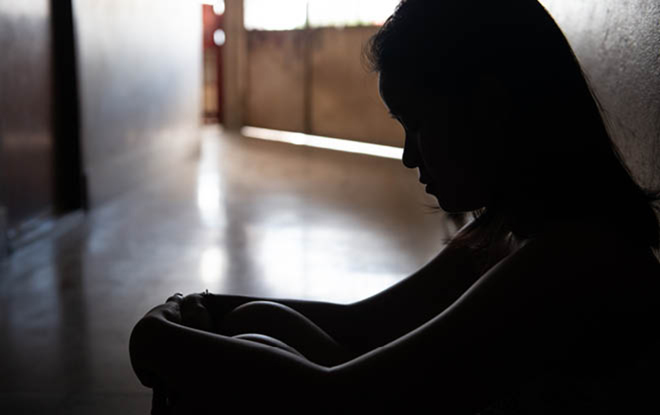
Tearfund is taking a comprehensive approach to reducing human trafficking in the Asia-Pacific region. Credit: Tearfund
Tearfund’s approach
We take a comprehensive approach to dealing with modern slavery by using the 'Five Ps' approach: prevention, prosecution, protection, policy, and partnership. Through our partners, we:
- Help protect vulnerable people from trafficking and worker exploitation by running empowerment and education programmes.
- Assist police investigations into the criminal networks behind trafficking and slavery.
- Work with local law enforcement to prosecute traffickers, preventing more people from becoming enslaved.
- Give survivors a safe place to heal, recover and restore their dignity through rehabilitation and supported reintegration.
Prevention is the best place to start
Except for Tearfund’s Ethical Fashion Advocacy work, we can’t do much about the demand for modern-day slaves, prevention is the best place to start. Tearfund works with partners to address the root causes that can lead to human trafficking and exploitation. The two strategies are:
- Increasing awareness of human trafficking.
- Increasing food and financial security to make communities less vulnerable.
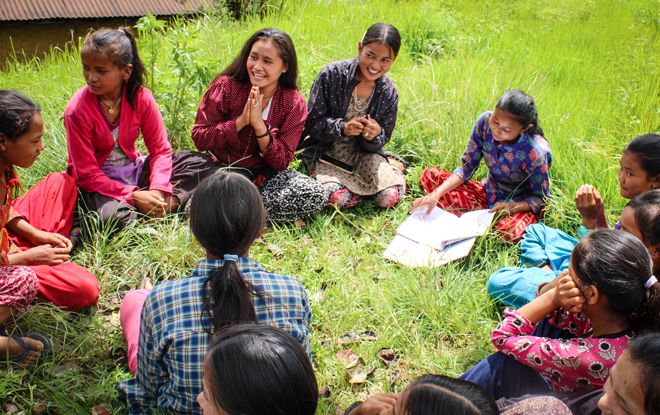
Community Action Groups in Nepal raise awareness about human trafficking and how to stay safe. Credit: Share and Care, Nepal
Awareness
Poverty is one of the biggest factors that leave communities vulnerable to traffickers. The two main ways Tearfund’s incredible partners approach prevention is to make communities aware of the tactics traffickers use to coerce and trick people into being trafficked. In Nepal, people are at high risk from traffickers because you don’t need a passport to go between Nepal and India. Our partner in Nepal helps form groups from school students to elderly community members to make them aware of how traffickers operate and create an early warning system for their presence in communities. As many Nepalese look for work in other countries, our partner also runs migration awareness services where community members can check whether the jobs they are applying for are safe. The communities our partner works in have had a massive drop in cases because of this. Some communities that have previously had a high number of cases of people being trafficked are now reporting zero cases over a year.
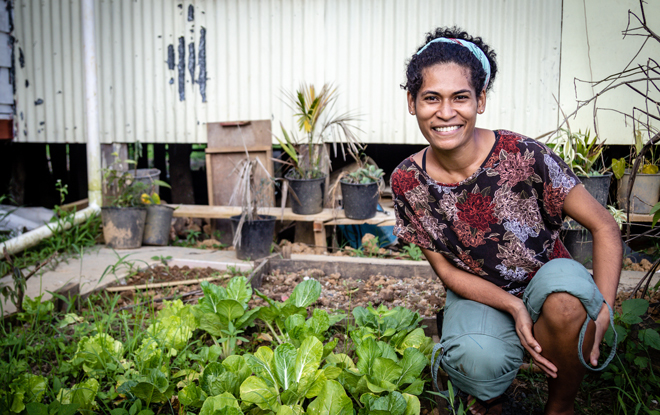
Women who have faced abuse and exploitation are supported to create new lives through skills training and agriculture to raise their incomes. Credit: Tearfund
Reducing desperate poverty
As desperate poverty plays a huge part in people being trafficked, our partners work to raise household incomes through agriculture and savings groups so people can start small businesses to become more food and income-secure. This helps ensure that desperation is not a factor in family members being trafficked, exploited or forced into marriage.
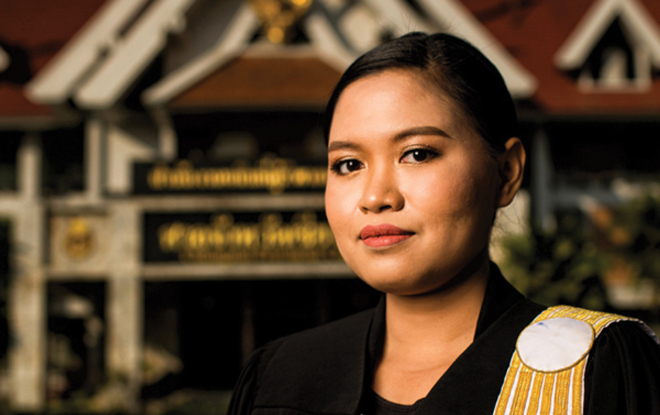
A lawyer working for Tearfund’s partner in Thailand, supports human trafficking survivors and helps authorities secure convictions against traffickers. Credit: LIFT International
Trafficking investigations and law enforcement
The main drivers behind human traffickers are greed, demand and supply. As long as there is profit to be made from this demand, traffickers will risk being involved in this evil trade. Our partner in Thailand works to make human trafficking as difficult as possible to limit the supply of modern-day slaves. They work alongside the police and support the legal system. Our partner works to tackle modern slavery in the following ways:
Increasing deterrents and reducing trafficking
- Support police by conducting investigations and supplying intelligence to bring down trafficking networks.
- Training police in best-practice approaches to human trafficking and dealing with survivors.
- Supporting the removal of trafficking survivors from slavery and exploitation.
- Supporting the prosecutions of traffickers and helping survivors testify in court. Our partner's legal team also advocates for compensation for trafficking survivors.
- Seeking to strengthen laws and advocate for stiffer penalties and policies that deter criminals and make it easier to prosecute traffickers.
Investigations
Our partner works alongside the police gathering important intelligence on criminal activity around human trafficking. If they suspect human trafficking is occurring, they gather intelligence and pass that information on to the police so they can break the whole network that supplies trafficking victims. This results in victims being removed from harm and the criminal networks are also interrupted.
Legal support
The legal team support the prosecution and helps survivors give compelling evidence to secure convictions. It is quite traumatic for survivors, so they ensure the survivors are supported mentally and emotionally. They also advocate for stiffer penalties, and higher levels of compensation for survivors and influence changes to legislation that can help make it easier to convict traffickers.
Police Training
Our partner helps train police in best-practice methods of identifying human trafficking, surveillance techniques and how to carry out investigations that lead to convictions. If traffickers get tipped off that they are being investigated, they can easily shift their operations or cover their tracks.
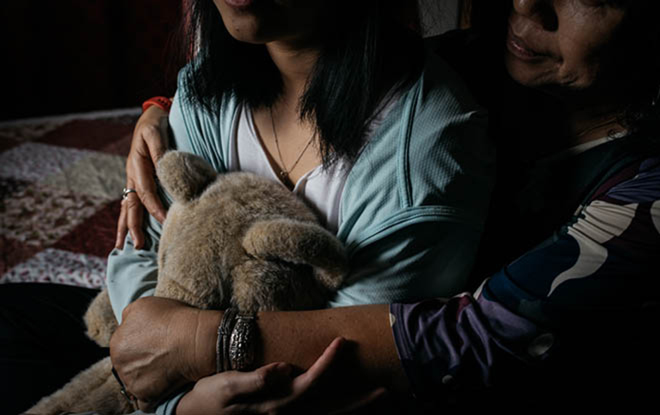
Aftercare facilities offer survivors counselling and support to heal. Credit: Tearfund
Aftercare for trafficking survivors
All our partners are deeply concerned about the impacts trafficking and exploitation have on survivors of modern-day slavery. They ensure survivors receive trauma-informed care and learn the skills to create jobs and a new life. Some of our partners run their own aftercare programmes and some refer survivors to other quality aftercare programmes. Our partners are helping many find healing and make new lives after being set free from their physical and emotional prisons.
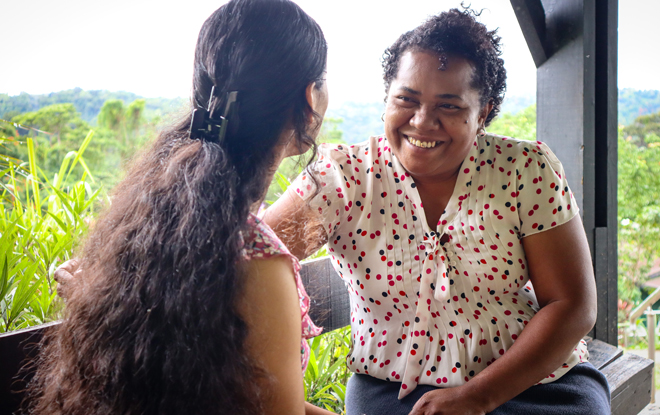
Aftercare facilities offer survivors counselling and support to heal. Credit: Tearfund
The SAFE programme in the Asia-Pacific region
Another initiative to help curb trafficking and exploitation is our Safe, Aware, Free and Empowered programme (SAFE). SAFE brings together partners that work to address modern slavery, work in survivor aftercare and those that provide agricultural training, to help address trafficking, exploitation and domestic abuse. The programme operates in five countries across the Asia-Pacific region. Partners with expertise in all aspects of modern-day slavery and exploitation upskill each other in best-practice approaches to the problem and our partners with expertise in agriculture train survivors in ways to increase their incomes through creating agricultural livelihoods to reduce their vulnerability. This programme has brought a focus to modern slavery prevention work in countries where there are very few other actors in this space, such as the Solomon Islands and Myanmar.
You can find out more about this exciting programme and hear from those who are benefitting from SAFE, here.
If you'd like to learn more about our work fighting modern slavery
Modern Slavery
Modern slavery stats:
- 50 million people are trapped in modern-day slavery (this includes 20 million in forced marriages).
- 12.3 million children are trapped in Modern Slavery (this includes forced marriages)
- 27.6 million people are trapped in forced labour
- 6.3 million are in forced commercial sexual exploitation (This is part of the overall forced labour statistic of 27.6 million)
- The Asia-Pacific region has the highest number of people in forced labour (15.1m)